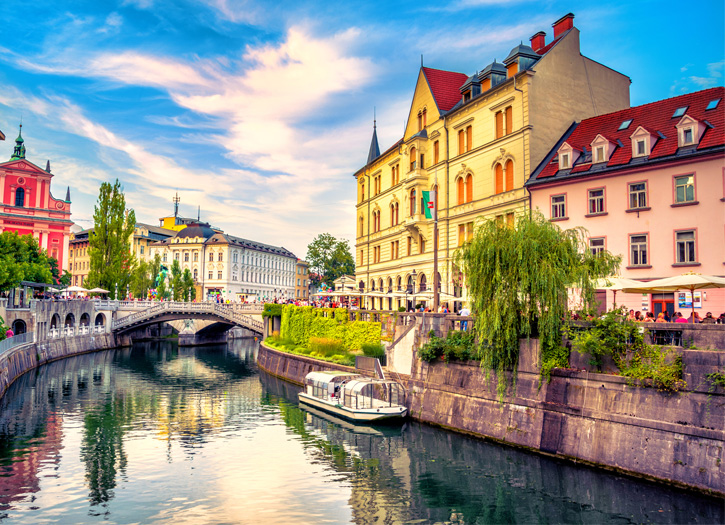The COVID-19 pandemic in Slovenia is part of the pandemic of coronavirus disease 2019 (COVID-19) caused by severe acute respiratory syndrome coronavirus 2 (SARS-CoV-2). The virus spread to Slovenia on 4 March 2020, when the first case was confirmed.
The first few days of the pandemic were challenging for Slovenia due to the resignation of Prime Minister Marjan Šarec in late January and the formation of new government currently underway at that time. Marjan Šarec’s outgoing caretaker government was responsible for the crisis management until 14 March 2020. On 15 May 2020, Slovenia became the first European nation to declare the end of the COVID-19 epidemic within its territory. Slovenia’s handling of the coronavirus outbreak has been cited as a significant exception during the time Europe suffered a tremendous coronavirus crisis.
There were 313 tests performed between 7 January 2020 and 3 March 2020, all of them were negative. Note that this number is added to the total tests performed number above. Also, number of cases varies in different references, since Ministry of Health and National Institute of Public Health do not issue new data at the same time. 7 March 2020: One of the patients was in contact with the doctor from Metlika, while the others have returned from traveling abroad (one each from Italy, Austria and Spain); government banned all public gatherings in closed spaces with 500 people or more; 4 new cases, 12 in total confirmed out of 785 tests.
10 March 2020: The government banned all incoming flights from Italy, South Korea, Iran and China to prevent further spread; the land border with Italy was closed for all but freight transport; 9 new cases, 34 in total confirmed. 11 March 2020: Civil Defence took over the coordination of the response; a primary school in Kamnik was closed for two weeks, to prevent spread from a teacher that tested positive. A teacher from the primary school in Šmarje pri Jelšah has been tested positive, and the school has been closed down. New infections were also reported from Murska Sobota and Postojna; 23 new cases, 57 in total confirmed.
14 March 2020: CMS stopped public transport (effective from Monday, 16 March) and suspended all unnecessary services in the country; prices of safety equipment were frozen, to prevent inflation due to lack of supply; the government no longer tested all possible cases, but only those who were hospitalised to quarantine them; the total number of cases would be estimated based on the statistics from other countries (from percentage of those who are hospitalised); 40 new cases, in total 181 confirmed out of 5,369 tests; first death (a man from a nursing home in Metlika).17 March 2020: There were 22 new confirmed cases, 275 total out of 7,857 tests. 4 infections were confirmed among the employees in Slovenj Gradec hospital, 17 employees were ordered to self-isolate.
1 April 2020: There were 1,288 tests carried out (23,762 total), 39 of them were positive, bringing the total number of infected persons to 841. Two more persons have died, bringing the total to 16. 111 persons are hospitalized, 31 of them require intensive care. Slovenia received a shipment of 1 million surgical masks and 200,000 FFP2 respirators from the government of the Czech Republic.As of 15 May 2020, Slovenia was the first country in Europe to declare that its epidemic was over (as of the end of May). As a result, some government support measures, such as financial aid to citizens and firms hit by the coronavirus, expired at the end of May. In July, cases began to rise once again, and are no longer only coming from abroad. On 3 July 2020, 30 new cases were reported, the highest number since 16 April 2020.
Aleš Šabeder, Minister of Health in the 13th government; led the crisis response until the 14th government took office, held the first press conference announcing the details of the first case, later held press conferences several times a day; took the first measures (limiting public gatherings to 500 and then 100 people; prohibited medical personnel from taking holidays during the epidemic; closed the border with Italy for body temperature control).








Add Comment